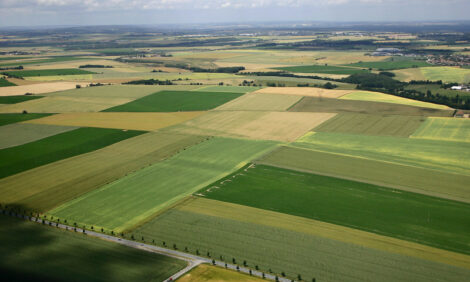



It's back up for cheese prices
US - Last week it was time for the cheese roller coaster to head back up.Blocks jumped 4 1/4 cents on Monday and closed Friday at $1.40, up 4 3/4 cents on the week and 21 1/2 cents above that week a year ago. Barrel closed March 23 at $1.41, up 5 1/4 cents on the week and 28 cents above a year ago. Two cars of block traded hands on the week and 16 of barrel. The NASS U.S. average block price hit $1.3460, up 1 1/2 cents. Barrel averaged $1.3710, up 2.8 cents.
Butter closed at $1.33, up 3 cents on the week and 18 cents above a year ago. Twenty-one cars were sold. NASS butter averaged $1.2990, up 4 cents.Cash Grade "A" nonfat dry milk gained 8 cents, ending the week at $1.65, but no sellers entered the market. Extra Grade remained at $1.45, where it's been since early December. NASS-surveyed nonfat dry milk averaged $1.1692, up 0.8 cent on the week, and dry whey averaged 70.72 cents, up a penny. Analysts say the Class III price would be over $2 lower if it weren't for the strength in the whey.
Market analyst Mary Ledman, principal of Dairy Direct in Chicago, said, "Cheese buyers took a look at Friday's milk production report and decided they probably should get into this market." She said the smaller-than-expected 0.9 percent increase from a year ago was bullish, but the most important factor is that there was no gain in output per cow. The production gain came on the increase in cow numbers from a year ago, but she's suspicious of the 0.9 percent increase in milk.
"Last year at this time cow numbers were still building," she explained. "We really don't have that many more cows than what we did, say, last June or July, but cow numbers were still building during the first quarter of the year, so that 0.9 percent gain is a bit fictitious because it's being compared against low cow numbers."
The announcement that the CWT program will remove 343 herds, or about 54,000 cows, is another favorable sign and will have a market impact, according to Ledman, but she said it's not just those cows, it's also the farms whose bids were not accepted that will also likely go out that will help move the market.
Source: Capital Press


